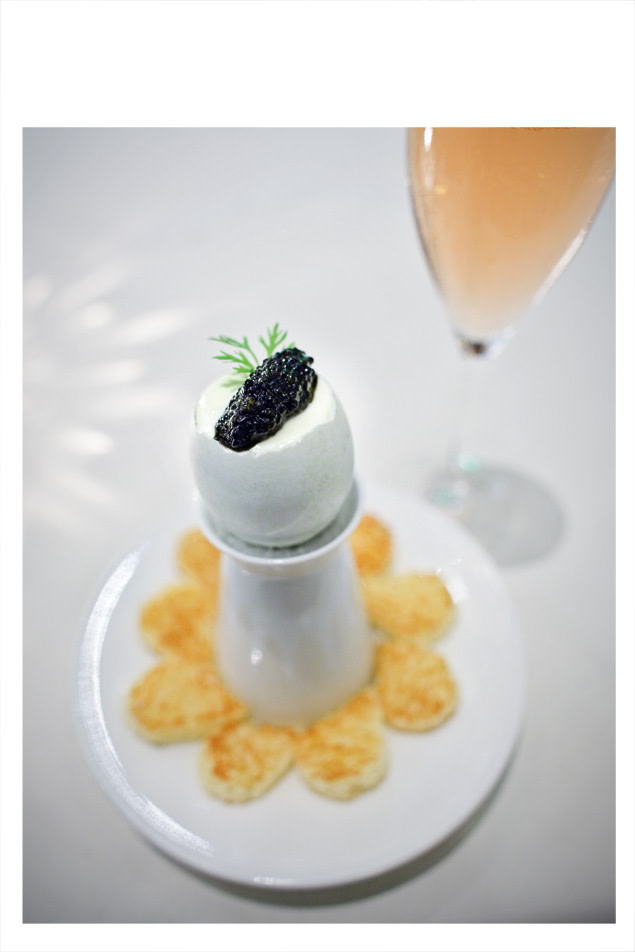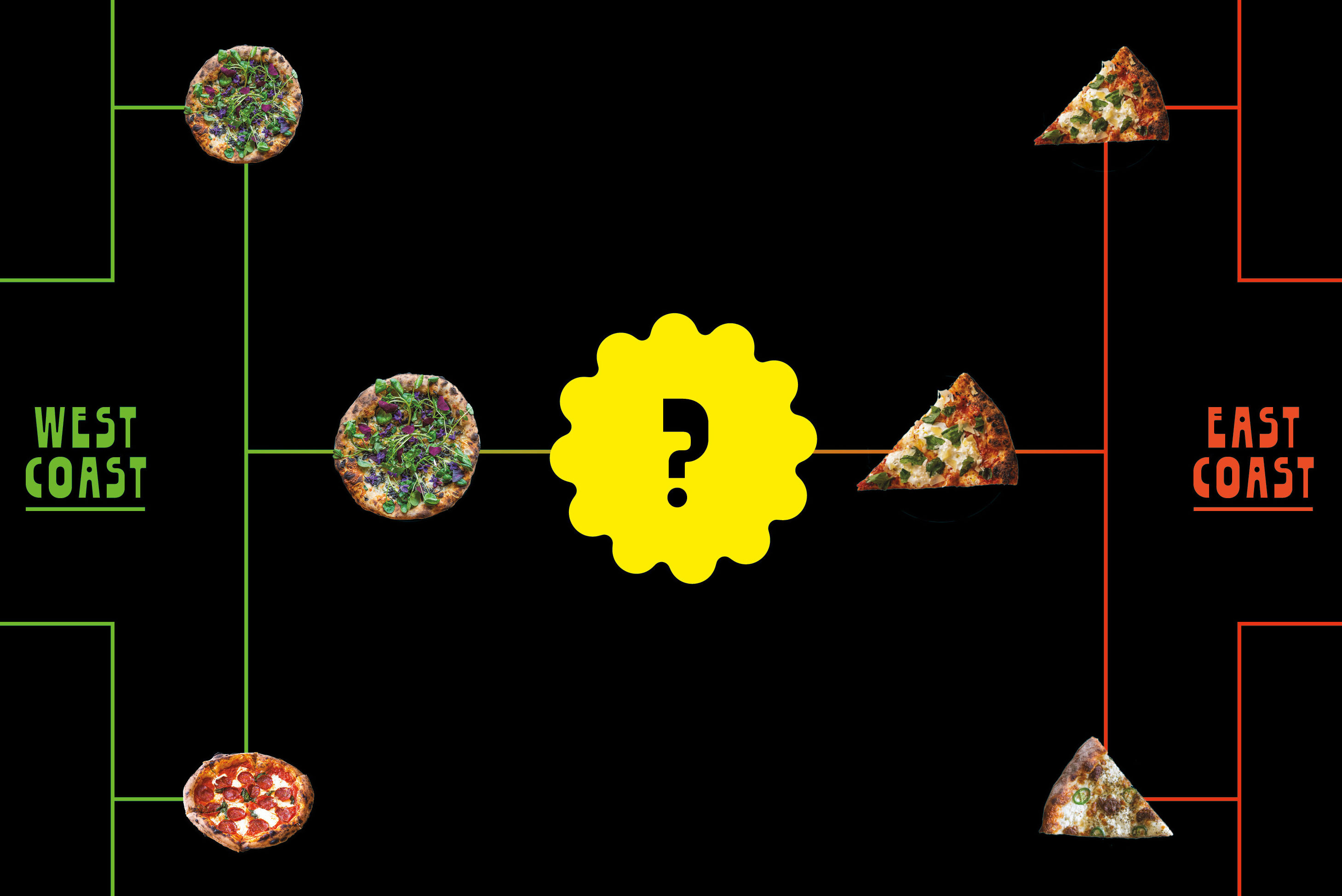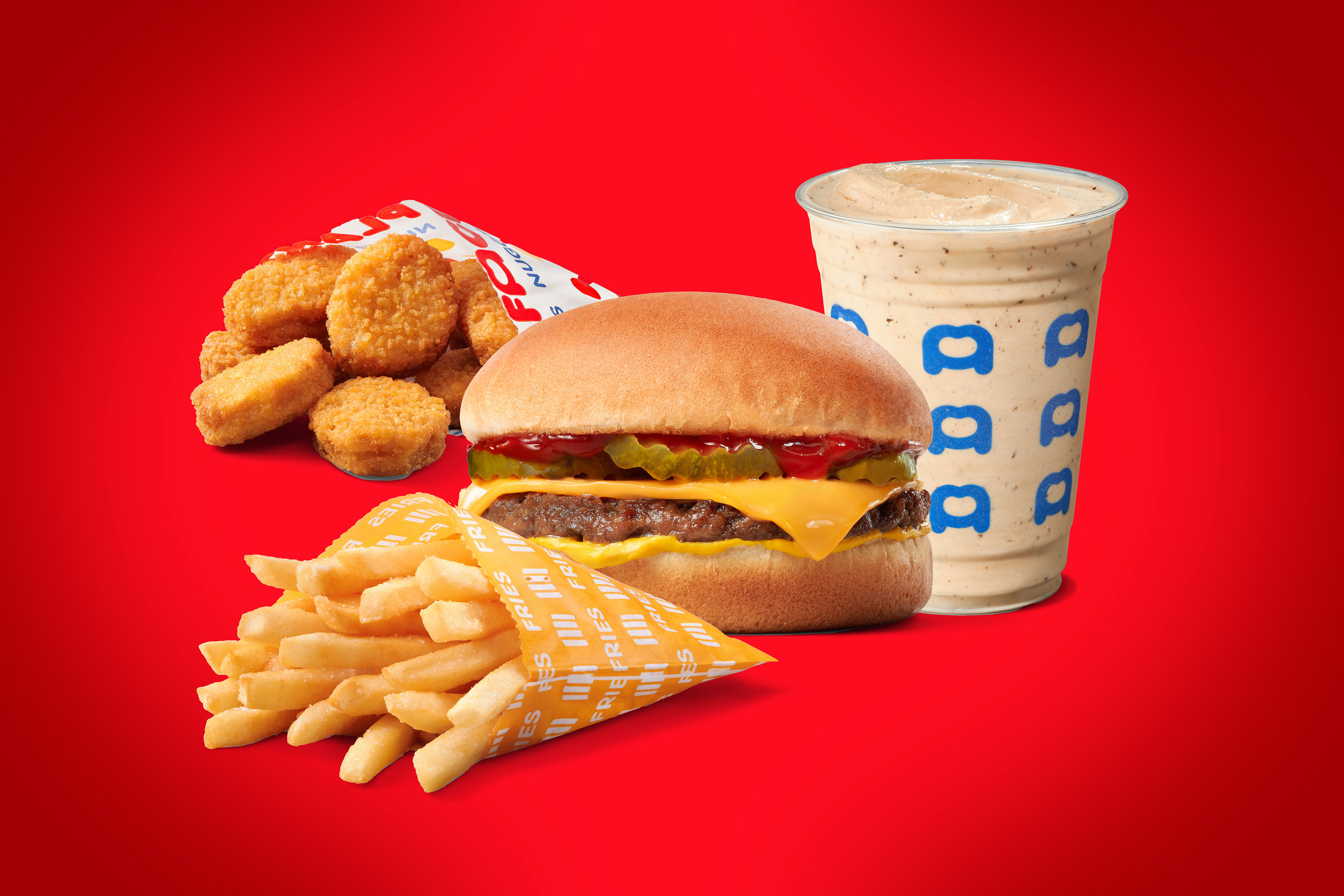Smooth Operator

ON A WEDNESDAY evening in September, just before the sun has set, the spotless streets that run between SW Montgomery Street and SW River Drive on the South Waterfront are painfully lonely. Couples strolling arm-in-arm do not saunter down the sidewalk. No cars idle at the intersections. Not even a dog-walker crosses my path. The windows of most of the condos towering above me are dark. It feels like a ghost town—except that everything is brand-spanking-new.
Despite the utter lack of people, there is absolutely nowhere to park, at least nowhere to park for free. Of course, I could utilize the free valet service at Lucier, my destination for the evening and the latest restaurant to hit this still-forming, upscale condoland. But when I spy a shiny black Mercedes convertible in front of the restaurant—perhaps parked there by one of the valets to indicate the sort of patrons dining inside—I look at the floor of my car, where crumpled receipts roll around with used coffee cups and dust balls, and decide against it.
Many circles around the block later, I finally secure a parking spot and pass through the restaurant’s stainless steel doors. On the other side, I’m greeted by an extravagant, tightly orchestrated scene, the likes of which I have never laid eyes on in Portland, or in all of Oregon for that matter. The first thought running through my head? How much did all of this cost?
At least $4 million. That’s how much owners Tyanne and Chris Dussin, the couple who brought us the Old Spaghetti Factory some 39 years ago, purportedly spent to create the Vegas-worthy scene before me. After a few steps down a darkened passageway, I’m greeted by a grand, cream-toned, 17-foot-tall formal dining room whose perimeter is ringed by a miniature river crisscrossed by clear glass footbridges. Here and there museum-style display cases harbor abstract glass sculptures that, to my untrained eye, resemble menacing deep-sea creatures. The silk-woven tablecloths are crisp and cream-colored. Spiraling raindrop formations made of copper dowels hang from the ceiling. And the room positively teems with well-dressed servers and hosts and bussers. There’s someone to remind you to watch your step when crossing the bridges. There’s someone to bring you bread. And, of course, there’s someone else to walk you through the impressive selection of 1,850 wine labels.
After being seated near a soaring wall of windows that looks out onto a heated patio and the Willamette River beyond, I glance to my left, where a 16-foot-tall golden-mirrored octagon lords over an urbane lounge. It’s in that gleaming gold bubble that bartenders concoct your “Old Fashionable” or “Rob Royal.” A long, polished walnut bar extends out from the orb, surrounded by sleek, red leather settees. Female servers in bright-red silk halter tops and tight black pants saunter around the bar.
I haven’t mentioned the food yet for a reason. And it’s not because I’m opposed to high-end, expensive fare. On the contrary, I’m willing to fly thousands of miles, with a year’s worth of savings in hand, just to sample a restaurant’s exorbitantly priced meals—if they’re executed with precision and genuine creativity. But I’m of the belief that the $30-plus you’ll spend for most of Lucier’s entrées and the $15 to $20 you’re handing over for appetizers (or the $85 for a five-course tasting menu) seem worth it only if you understand that you’re paying top dollar primarily for the ambience and the service.
It’s not that the food isn’t good. Hardly. Executive chef Pascal Chureau certainly has enough experience under his belt, having headed up the kitchens at Tucci in Lake Oswego and Fenouil in the Pearl District. Indeed, every time I’ve eaten at Lucier I couldn’t pass up the carpaccio of striped bass, which comes with a sprinkling of foie gras au sel, earthy picholine olives, and a sweet-and-sour sauce of yuzu citrus. And there’s little to complain about when it comes to the soft-scrambled duck egg topped with sevruga caviar and vodka-infused crème fraiche. It’s just that, without the context of Lucier’s spectacular pomp and circumstance, such dishes don’t seem quite as thrilling as the impeccable quality of the silverware and the stemware, the exquisite design of the sinks in the bathroom, and the gracefulness of the servers.
Plus, some dishes just didn’t work. Sure, my $37 troll-caught turbot was pleasantly flaky, and the oxtail ravioli underneath it nearly melted in my mouth. But the harissa aioli that was supposed to tie such disparate ingredients together didn’t. Halibut that was supposedly cooked sous vide (vacuum-packed, then slow-cooked in warm water) seemed rather dry, and whatever flavor it might have had was overwhelmed by a saccharine “vanilla leek fondue.” I couldn’t help but think that I could find similar dishes at a dozen other restaurants in town, often of equal or better quality and priced more reasonably.
I’m still overjoyed to see a restaurant in Portland attempt a more sophisticated level of dining than we’ve seen in our rather provincial city. But, in the end, it’s almost as if all that elegant service and elevated ambience has upstaged what should be Lucier’s main attraction: the food.




